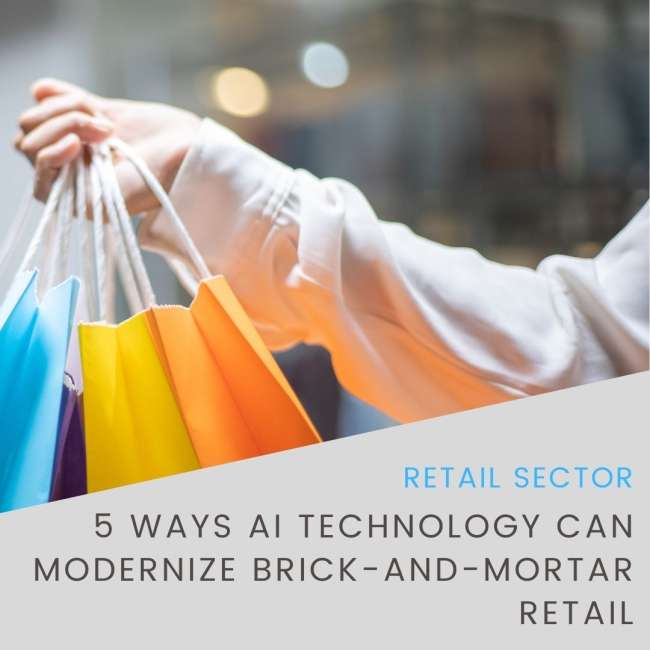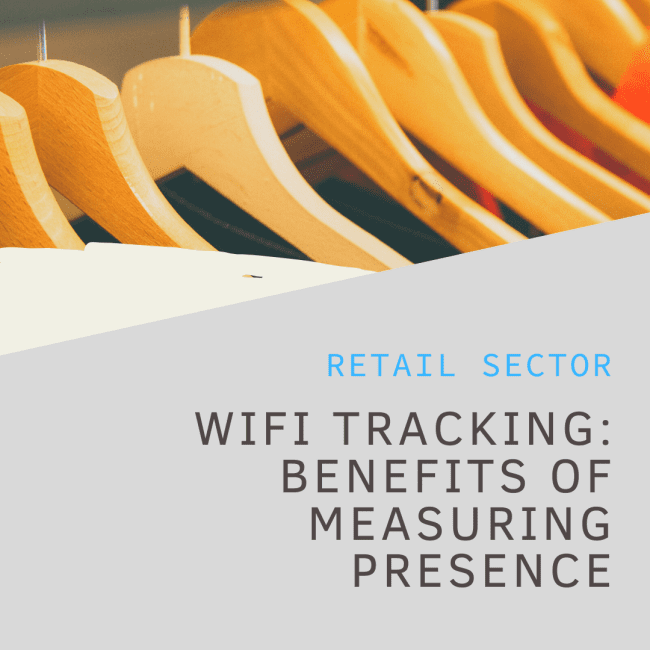Let me guess. As a brick-and-mortar business owner, you are intrigued by the possibility of digital marketing positively influencing your connection to existing and potential customers. You are probably also looking for ways to generate customer loyalty, facilitate customer engagement, increase sales, or maybe even all of the above. Do these sound like your business goals? If so, continue reading.
As you observe your competition relocate online and use artificial technology to boost their sales, you realize that just might work out for them. Now you wish to learn how to achieve similar results and keep your business relevant. And that’s clever thinking. The process of transferring from a traditional retail landscape established at the beginning of the 20th century to digital retail offering an easy online shopping experience is still evolving.
Digital pioneers like Amazon created an opportunity for customers to explore and use their digital shops as early as 1995. Nowadays, artificial intelligence (AI) tools are enhancing online sales even more.
How Does Applying AI to Retail Businesses Work?
AI technology helps the development of sales strategies by replacing humans in the process of data analysis. AI technology naturally performs this faster; thus, businesses can learn from the results more quickly and apply what they have learned to predict the users’ needs and make targeted product recommendations. For example, AI location analytics can provide insights into where most of your customers come from, further influencing your advertising and customer loyalty strategies.
Due to the progress made in the field of online sales thanks to AI, many retailers relying on physical sales are facing the challenge of competing with online businesses regarding prices, available product/service range, and the convenience of making online purchases from home. If you are a brick-and-mortar business owner, stay tuned.
This article will help you see how you can incorporate artificial intelligence technology in your business processes and use it as a facilitator of the modernization and growth of your retail business. If done properly, know that this can definitely drive your ROI.
5 Ways AI Technology Can Modernize Your Brick-and-Mortar Business
Now let’s discuss the five major ways in which artificial intelligence can help your business thrive.
1. Simple Queue Management
People have always hated waiting. Nowadays, leaving the house to visit a store and make a purchase is already a nuisance to many. So, if your customer has to stand in line and wait to be served, they might just turn their back and look for a more convenient and pleasant shopping experience. And this applies to any business, no matter how big or small. After all, waiting is a universally disliked activity.
Instead of real-life queuing systems, let’s opt for digital ones to reduce downtime. This is possible due to mobile check-ins and appointment scheduling features, which also benefit your staff by improving their work organization.
Moreover, there are queue management systems that allow the gathering of information on all transactions. You will soon learn about your customers’ shopping behavior, service durations, peak hours, etc. Once you can analyze client demands based on the data you collected, thanks to AI tools, you can improve your service quality and customer experience.
2. Quality In-Store and Online Shopping Experience
Brick-and-mortar retailers have always relied heavily on their customers’ in-store experience. Your store needs its display of goods to have strong aesthetics to appeal to customers browsing through your products in person.Now, with the help of AI, customer experience can be enhanced.
First, ensure your brick-and-mortar business provides guest Wi-Fi. This is something both you and your customers can benefit from. As they log into your Wi-Fi and gain access to the internet, your business can capture their names, emails, and other valuable information while they browse through reviews of your products, compare prices with other stores, etc.
Secondly, many physical stores have introduced touch screens, tablets, and self-service kiosks. These allow customers to browse through the store’s product assortment, make purchases by themselves, or order products without the help of store staff. Many customers find this convenient as the wait time is reduced and all the information is available to them at any point during their visit to the store. What is more, some retail stores have replaced their checkout counters and cash registers with tablets or self-service kiosks or simply installed them as an additional option for customers who prefer to go through the process of paying independently.
If you want to create an efficient customer journey funnel detailing every step of your customer’s purchase process, start analyzing your business strategies and ensure they align with your business goals. Anticipating your customer’s behavior online allows for an increase in sales, and that is always a good thing. You can generally achieve this by having AI analyze big data helping you learn all you can about your target audience and make sure you meet their needs.
Employing all these tools for transferring your business online will also require high-quality cyber security as offered by cyber security companies Maryland. Your online business needs to be safe and protected by cyber security in the same way you protect your brick-and-mortar business using CCTV cameras and anti-theft sensors
3. Payment Flexibility
Cash seems to be going out of fashion, with increasing numbers of people opting to pay using their credit cards. Moreover, you may lose a customer who is interested in your product and ready to purchase it if they cannot pay for it digitally.
There’s a possibility that a customer unable to use their credit card in your store will not return to buy the desired item as it is unlikely that they will bother leaving, getting cash, and returning. Instead, they might opt for a different retail store altogether, and you don’t want that.
Therefore, to stay up-to-date with the latest technology, make sure your store accepts digital payment methods such as Stripe, PayPal, Apple Pay, etc. These can be used in your brick-and-mortar store and on your website.
4. Automation
As we’ve learned from the previous 3 points, customers are unwilling to put any extra effort into making purchases. They want to feel comfortable and be able to buy your products as quickly as possible.
This applies to all kinds of businesses. That is why today, even supermarkets provide their customers with online orders and deliveries. No one wants to bother with tasks that can be performed without going outside, talking to people, and waiting in lines. This calls for automation.
Many businesses have already automated shopping carts. They use digital wallets and scan barcodes to apply discounts, process purchases with a single click, and offer digital payment methods in general. Once again, the ease with which the purchases are made improves the overall customer experience, customer engagement, and customer loyalty.
5. Digital Signage
Digital signage can enhance customer engagement by providing visitors with your product assortment information via an interactive touchscreen. It helps businesses update rapidly changing information. All types of businesses are eligible for using digital signage — from restaurants to transportation companies.
Let’s take a restaurant as an example. Digital signage can be incorporated through an interactive menu screen promoting special offers. This is especially helpful if the menu is updated daily. Also, you can use digital signage in the drive-through, allowing customers to look through the menu and place an order.
Shopping malls make use of digital signage as well. It helps them with displaying maps, advertising, etc. The same applies to transport, where practical solutions are needed to help customers find their way. In hotels, digital signage can easily replace a concierge. At cinemas, it gives customers information about scheduling, shows, etc.
All in all, digital signage is closely connected to increased sales as it creates an excellent user experience and exposes your customers to additional offers and information, keeping them engaged with your business. All this serves as a basis for customer loyalty which is something every business is after.
Conclusion
Brick-and-mortar businesses are facing the challenge of keeping up with online retail companies, which have found a way to ensure excellent customer service using AI technology. Moreover, they have improved their overall customer journey funnel leading to increased sales, customer engagement, and customer loyalty.
However, in several easy-to-manage steps, your brick-and-mortar business can build a web presence that encourages more interest in your products or services and more interaction with your business. AI technology can help bring your retail business to another level, so why not give it a shot?
| Author Bio: Nicole Kelly is a Raleigh, North Carolina, US graphic designer, digital marketing consultant, and writer enthusiast. She loves writing about new business strategies, digital marketing, and social media trends for different blogs and DigitalStrategyOne. |







